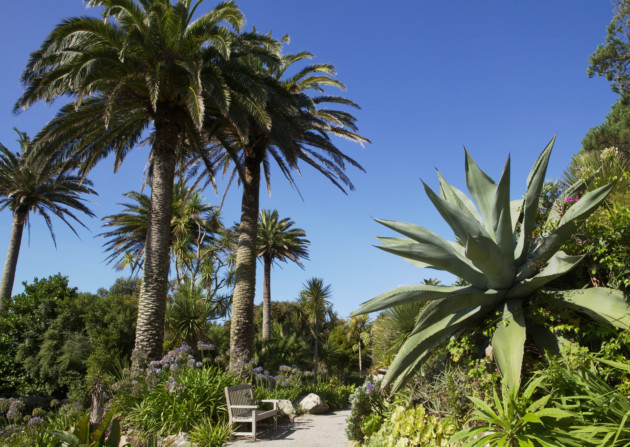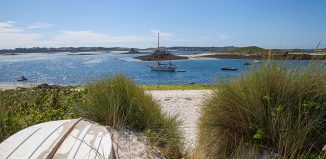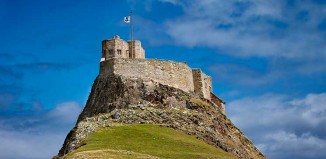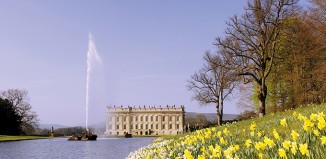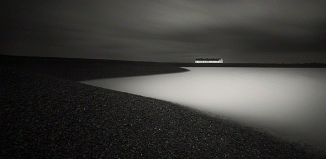The Isles of Scilly
Angharad Moran
Standing on the tip of Land’s End on a clear day, the silhouette of a cluster of distant islands can be seen, 28 miles off shore. These are the Isles of Scilly – an archipelago comprising five main islands (St Mary’s, Tresco, St Martin’s, St Agnes and Bryher) surrounded by smaller rocky outcrops that collectively make up the most south westerly point of Britain.
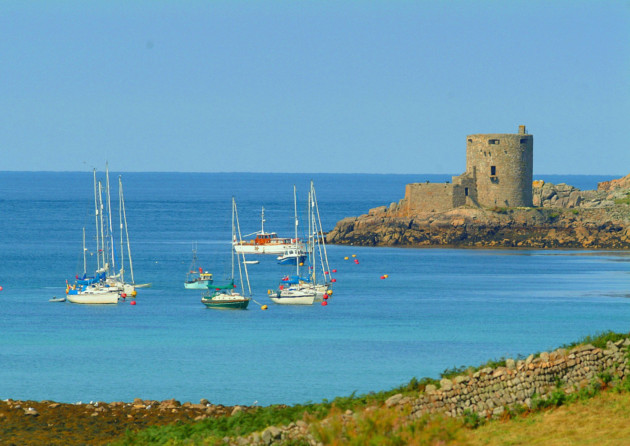
Most people arriving to the Scillies will do so via the Scillonian III passenger ferry that sails almost daily from Penzance. The ferry docks at St Mary’s, the largest of the islands, where a battalion of small, brightly painted boats nudge restlessly against the quay in readiness to transport passengers onwards to the smaller, ‘off islands’, with their halos of platinum-blonde beaches gleaming seductively in the sun.
The archipelago comes under the Duchy of Cornwall, but in 1834 it was leased to Augustus Smith, a Hertfordshire squire, who lived in Scilly until his death in 1872. He made Tresco his home and created the spectacular Tresco Abbey Garden, which continues to delight visitors with its display of tropical plant life, including bright orange bursts of Watsonia and Aloe arboresens, along with coral-coloured clouds of Callistemon Citrinus, all sheltered under the garden’s towering palm trees.
Smith’s decedents still maintain Tresco to this day, although the Duchy took back its lease of the other islands in the 1920s. Smith came to the archipelago as Lord Proprietor, armed with an array of ideas to improve island life that he set about implementing to the detriment of his popularity.
“He was the first person to make school compulsory in the British Isles,” explains Alasdair Moore of the Tresco estate. “Smith would charge parents one penny a week for sending their children to school, but he’d charge them two pennies if they didn’t send them!
“He also changed the way land was inherited throughout the islands. Land used to be passed down through the family and split equally between all sons, which meant that people were ending up with fields the size of a handkerchief and weren’t able to grow crops. Smith changed this so that the eldest son would inherit everything and their siblings were only allowed to stay on the islands if they were able to develop a career in something other than farming.”
Although Smith did his best to provide other career options, such as shipbuilding, he ultimately knew that the islands’ population would need to be thinned in order for it to survive. During the 19th century the population of Scilly reached its peak with around 2,600 inhabitants (there are around 2,100 inhabitants today), meaning food and fresh water could often be in short supply.
Despite the hardships that can come with island life, Scilly has been inhabited since the Bronze Age and the discovery of flint arrowheads show that the islands were even visited by Mesolithic hunter-gatherers as early as 8000BC. Today’s visitors can still view structures left by Scilly’s first settlers.
“There are at least 100 ancient burial sites across the isles and a newly discovered Bronze Age settlement was found on St Agnes as recently as three years ago,” explains Katharine Sawyer, a local archaeologist and guide.
St Mary’s is also home to Bant’s Carn, a Bronze Age burial chamber located just above Halangy Down Ancient Village, where the remains of an Iron Age settlement, now under the care of English Heritage, can be seen.
“The village is thought to have been occupied until 300AD,” says Katharine. “We’re not sure why they left after that; it may have been that their fresh water supply was contaminated by rising sea water levels.”
Beneath the stretch of water that now separates St Mary’s and Tresco is an Atlantis-like group of ancient dwellings that were submerged by the rising sea levels over the centuries. The remnants of these sites are exposed during extremely low tides, and divers have even discovered ghostly underwater forests, indicating where dry land used to be when many of the islands would have been part of one large landmass.
The waters around Scilly have also become the final resting place for hundreds of shipwrecks – a reminder of which can be viewed at Tresco Abbey Garden’s Valhalla collection, where an assortment of figureheads and ships’ carvings (mainly from 19th century wrecks) stand proudly, with heads held high, in remembrance of their vessels, long since lost at sea.
As well as the five main inhabited islands, the Isles of Scilly are also made up of several uninhabited islands and smaller rocky outcrops. Although some of these are designated as wildlife sanctuaries, it is still possible to visit others and enjoy spending time on deserted shores. The whole of the archipelago has been assigned as an Area of Outstanding Natural Beauty (AONB) with the Duchy of Cornwall leasing the uninhabited islands and all untenanted land to the Isles of Scilly Wildlife Trust for the princely sum of one daffodil per year.
“Each island has its own unique feel and identity,” says Trevor Kirk, AONB Manager for the Isles. “They’re never too busy either. There are only so many tourists that the islands can accommodate so even at the height of the season it never feels crowded.”
The history and scenery of the uninhabited islands are just as interesting and picturesque as the inhabited ones. Samson in particular has a fascinating history as it used to be inhabited and the remains of old cottages and walls can still be seen. Only a handful of people were living on Samson in the 19th century when Augustus Smith decided to evict them as he could see how hard life had become on the island. Smith wanted to designate the newly deserted Samson as a deer park but found to his dismay that the deer he placed there would simply jump over the walls and swim off to the other islands.
Today, a variety of wildlife seems more than happy to call the islands home. “You’ll often see ‘flocks’ of bird spotters making their way around the islands in October, all armed with walkie-talkies to keep each other updated on their latest sightings of migratory birds that end up here,” explains Trevor.
Seals are also regular visitors to the Eastern Iles between St Martin’s and St Mary’s and the Western Rocks off the shore of St Agnes, which are the most westerly point in the UK. Battered by the Atlantic, these rocks have another claim to fame as one of the most notorious spots for shipwrecks, although the introduction of the Bishop Rock lighthouse has helped matters. “It’s the third one on that spot,” says Trevor. “The first one was a metal structure that was designed to let water pass through it, but a huge storm in 1850 simply swept it away.”
What remains today is a Russian doll-style construction, as the second lighthouse is now encased inside the current one. “Cracks started to appear in the second structure and it also became apparent that it was too small, as those who manned it told stories of how they saw fish flying past the windows as waves washed over the top of the lighthouse,” explains Trevor. “It was decided that the best thing to do would be to build a new, larger structure around the old one.”
St Agnes’ own lighthouse, which was constructed in 1680, was the very first to be built by Trinity House and is now one of many dotted around the islands.
The islands are also freckled with forts and other defensive structures ranging from St Mary’s Iron Age Giant’s Castle, to World War II lookout posts. Many of these sites are accessible to visitors, including St Mary’s Star Castle, which was originally constructed in 1593 to defend against the second Spanish Armada before being converted into a hotel in 1933. Today, guests can still enjoy dining in what was the officers’ mess room, and partaking of a drink or two in the dungeon bar.
Whether you come here for the archipelago’s history, wildlife, or just to escape the mainland and enjoy Scilly’s scenery, there is so much to theses small islands, it could take you a lifetime to uncover all of their hidden treasures. “Some people come here for a week, spend each day on a different island and think that they’ve ‘done’ Scilly,” says Katharine Sawyer. “I’ve lived here for years now and I still don’t think I’ve ‘done’ Scilly. There’ll always be something new to discover.”
For more information about the archipelago go to www.simplyscilly.co.uk

